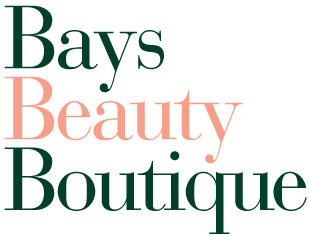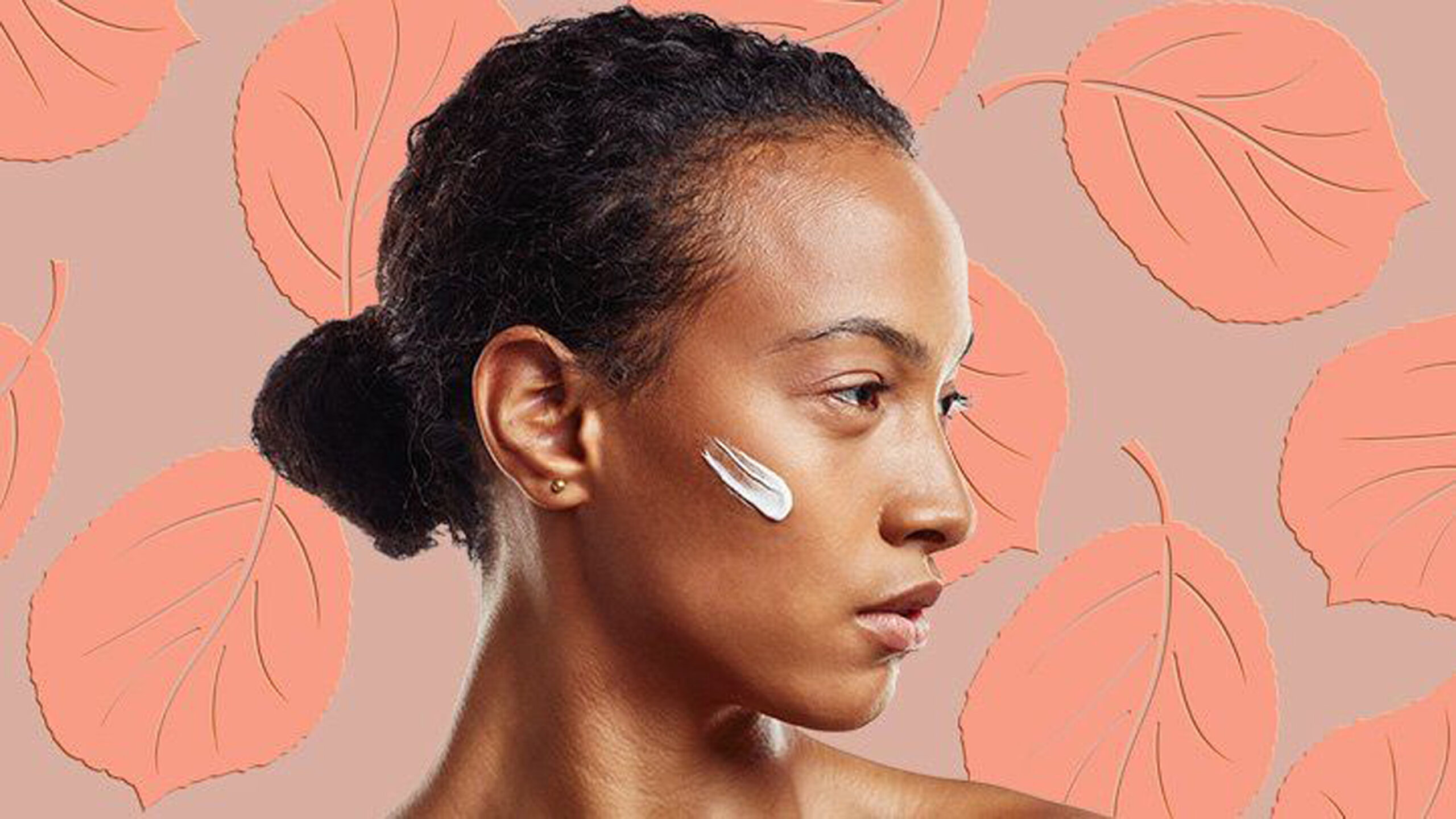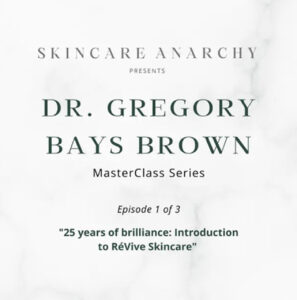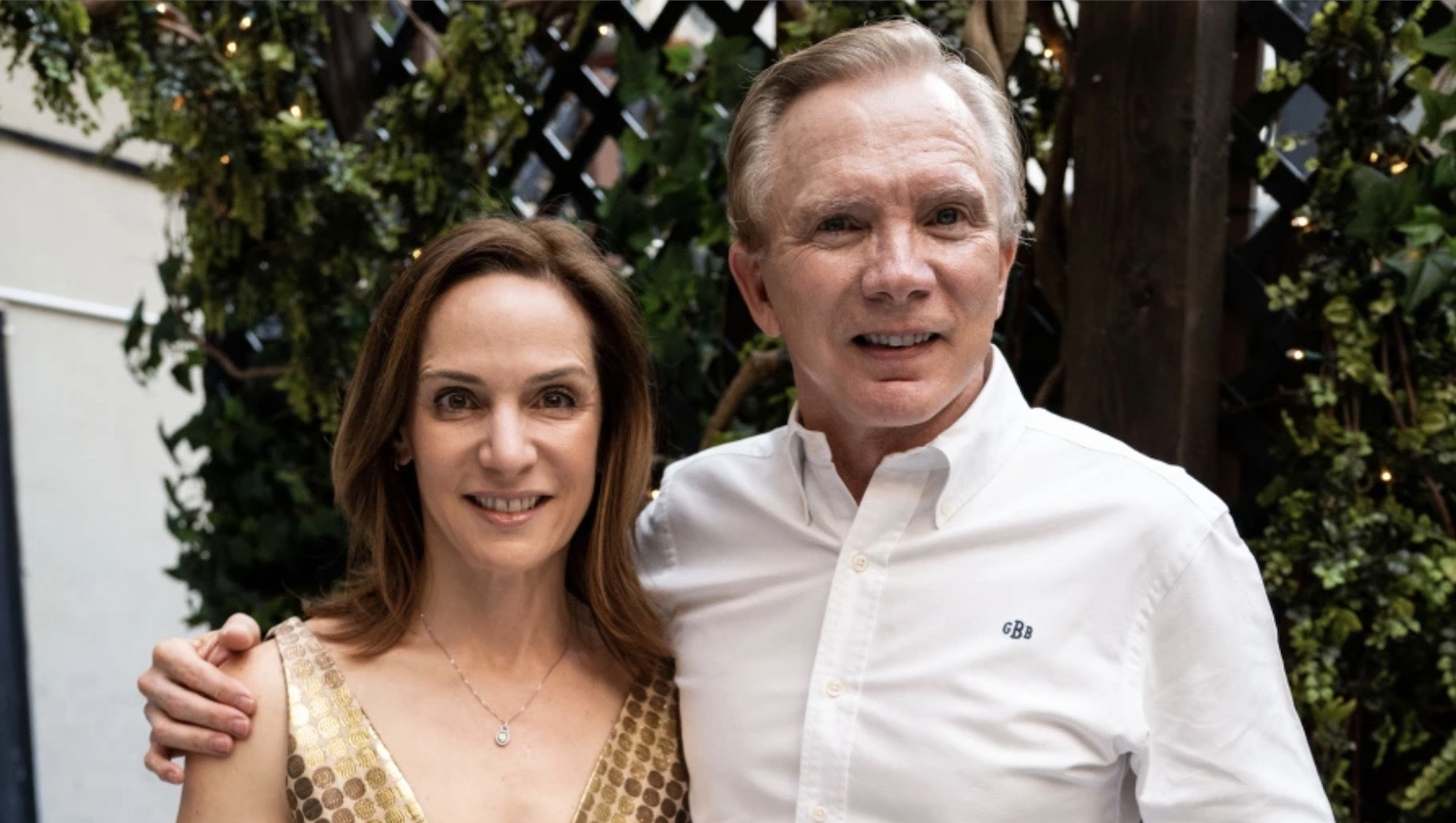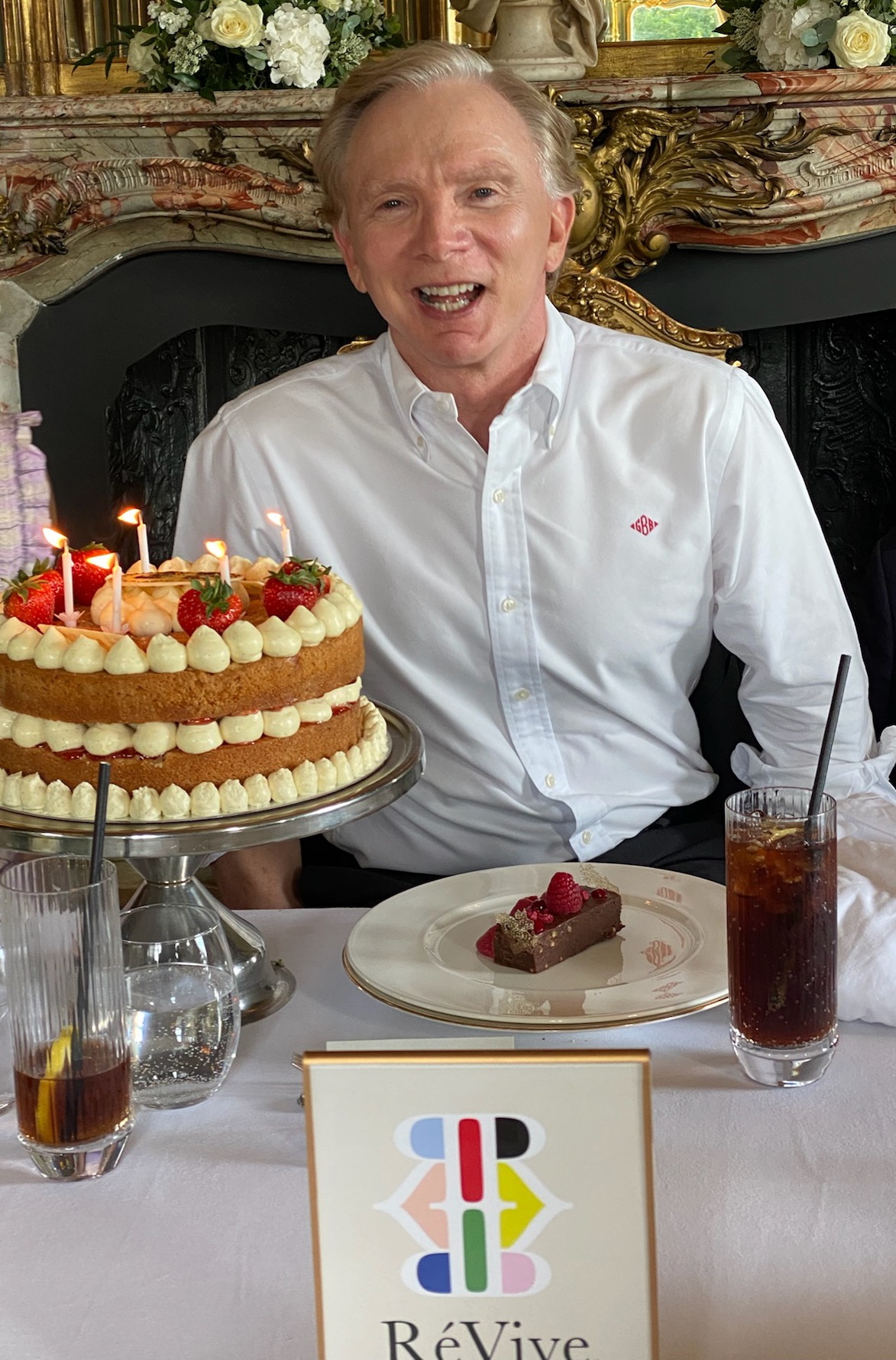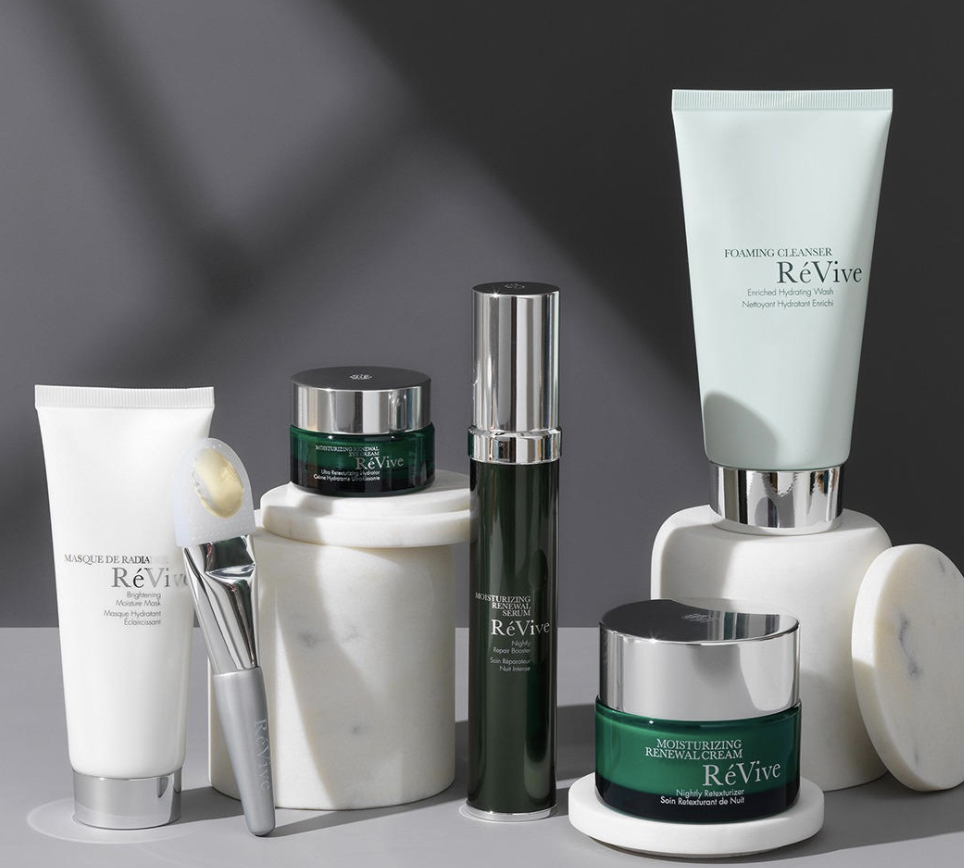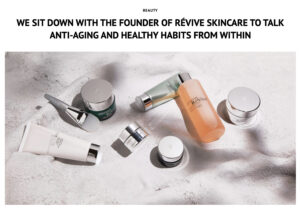Ask Dr. Brown, Fall 2023
RéVive Skincare, Renessence Haircare and Bays Beauty Boutique founder Dr. Gregory Bays Brown fields your questions and shares his thoughts regarding the state of skincare, hair care and beauty in our ‘Ask Dr. Brown’ quarterly Q&A which is part of our News section. His latest installment addresses skincare and hair care for the fall season and cooler temperatures.
Dr. Brown, what is the first thing I should do for my skin now that fall is here?
Evaluate its current condition. Are you dry? Oily? Blotchy? When seasons change, typically your skin does as well. If your skin has appeared normal all throughout the summer, a sudden onslaught of cold weather can turn you dry very quickly. If you’re typically oily the new season may make your skin a bit more normal. That stated, don’t be afraid to change up your regimen to meet your skin’s changing needs. And if you’re not sure what you may need/want to change, please consult our Product Specialist Diane Ernst via call or text at 502.413.0256, M-F 10am-5pm.
You’re a huge advocate for the use of products that contain sunscreen year-round, what are your recommendations for fall?
I’ve said it many times before, but it bears repeating: just because the sun and temperatures outside aren’t scorching as they were this past summer, skincare products that contain sunscreen protection are an absolute must in autumn (and of course winter, spring, summer), even on cool, cloudy days. My recommendations:
- Intensité Crème Luster Day SPF 30 is an intensive firming moisturizer designed to help increase elasticity while reducing the appearance of sagging skin.
- Sensitif Cellular Repair Cream SPF 30 increases skin cell renewal to help repair visible signs of aging while calming and soothing the skin.
- Perfectif Even Skin Tone Cream SPF 30 helps erase the appearance of past damage for smoother, even-toned skin.
You also have an array of new products that address a variety of skincare needs and issues. Tell us more.
We’re constantly innovating with new products that address 21st century skincare needs and many of these are formulated with our signature peptides that are exclusive to the brand. They include:
- Peau Magnifique Eye Concentrate Night – The ultimate eye-reviving nighttime treatment designed to transform the entire eye area. Its power trio of signature peptides – Bio-Renewal, Bio-Firming, and Bio-Volumizing – a unique combination only found in the Peau Collection, is effectively deployed via a hyper-targeted Advanced Drone Delivery system to treat the skin right where eyes need it most.
- Fermitif Hand and Neck Renewal Creams SPF 15 and our new Fermitif Neck Renewal Night Cream give the hands, neck and décolletage – areas that are dead giveaways to the effects of aging – a smooth, taut, firm appearance.
- Fermitif Chin Contour Instant Tightening Peptide – An innovative, contouring multi-peptide mask that instantly tightens and de-puffs the chin, jawline, and neck. Wear the mask securely around the jawline for only 20 minutes to help sculpt, tone, and define neck and facial skin to look firmer, lifted, and more youthful.
- Enzyme Essence Daily Resurfacing Treatment – A dynamic bi-phase retexturizer that activates with a shake. Our signature Bio-Renewal Peptide joins forces with Papaya, Pineapple and Cranberry Enzymes to gently exfoliate and renew skin. While a blend of Squalane and Botanical Oils of Meadowfoam Seed, Camellia Japonica and Jojoba Seed delivers lightweight hydration.
- Sensitif Calming Serum – An ultra-restorative serum with skin-calming ingredients and our signature Bio-Renewal Peptide to soothe skin, rebuild the protective skin barrier, and replenish moisture. Help improve signs of irritation including dehydration, visible redness, and dullness for an even, healthier-looking complexion. Especially effective for stressed or dehydrated skin, or after a skin treatment
Your hair care line Renessence has been referenced as ‘like skincare for your hair’. How does it work and what are your recommendations for amazing looking autumn hair?
As you assess your skin condition and determine its needs, you should do the same for your hair. First off eliminate months of heavy summer treatments, volumizers, you name it, from your hair and scalp by gently cleansing with a rejuvenating shampoo free of parabens and harsh sulfates. Our Renessence Follicle Forever Strengthening Shampoo is a daily cleanser that removes harmful debris – dead cells, oil, sebum, product buildup – which strangles the follicle and leads to unhealthy hair. Its unique blend of ingredients anchors the follicle for stronger hair with less thinning and shedding, along with a renewed, healthier scalp.
And just as It’s essential for your skin to be properly hydrated for a healthy, glowing complexion, your hair requires moisturizing on a regular basis too. With the change in temperatures outside, coupled with heated air inside, hair is vulnerable to these outdoor/indoor environmental variations, often resulting in drier hair and an itchy scalp. To ensure it stays healthy, soft and supple, our Follicle Forever Thickening Conditioner is a volumizing moisturizer that renews dry, dull strands as it delivers sensational shine and manageability. And last but certainly not least, Renessence Follicle Forever Renewal Serum works at the molecular level to stimulate dormant and/or dying follicles for immediate renewal and rejuvenation. The result: resurrection and maintenance of healthy hair growth.
Stay tuned for our next Q&A with Dr. Brown, which will be all about maintaining glowing, gorgeous winter skin and hair with RéVive and Renessence.
